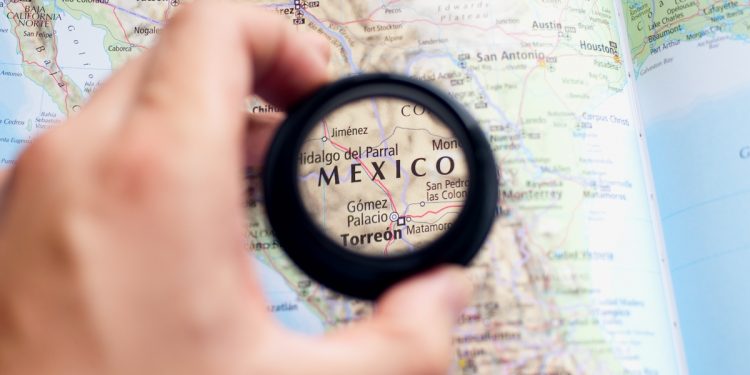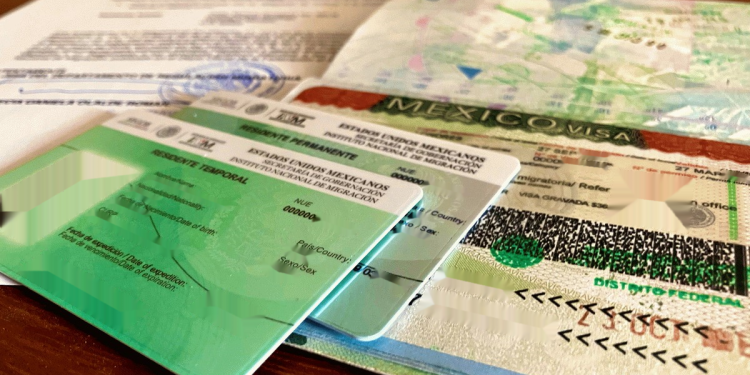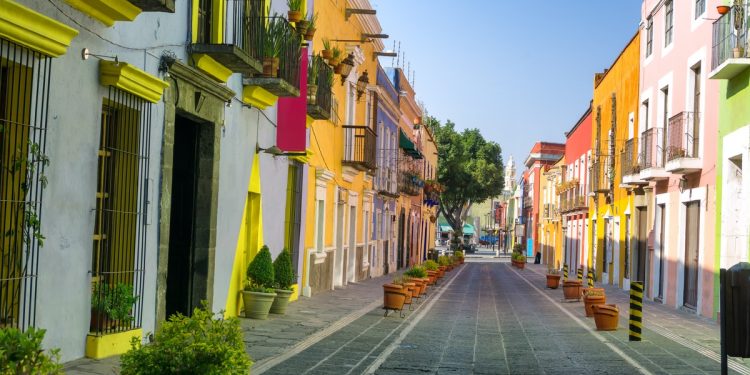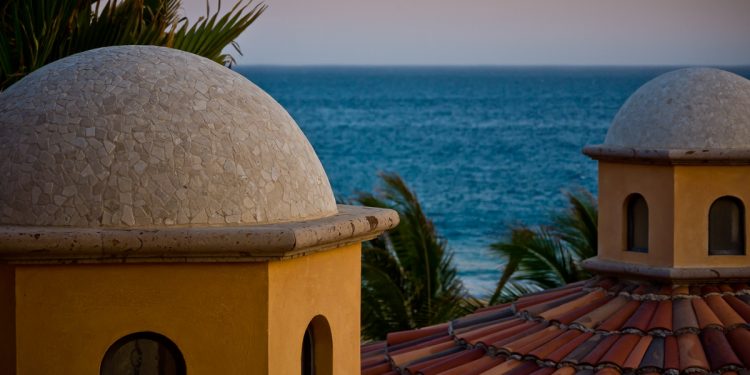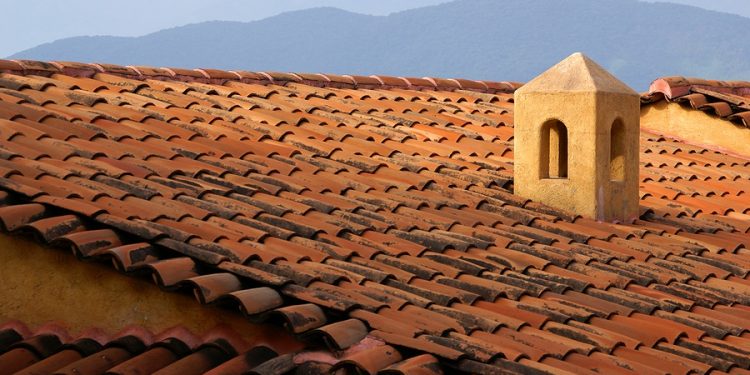How much does it cost to live in Mexico? This one of the most common questions people ask when they are thinking about moving to Mexico.
The precise answer to the question of how much it will cost you to live in Mexico varies widely and depends upon a range of factors including:
- your life stage;
- where in Mexico you choose to live
- the lifestyle choices you make as an individual, couple, or family;
- as well as other things like how you organize your routine life situations; and
- how you go about acquiring the things you need or want to buy.
This article provides a summary of the most common expenses foreign residents tend to face while they’re in Mexico. Some, like residency permit fees, are universal whereas others like school fees are relevant only to families with school-age children.
The influence of your life stage and lifestyle choices
Your cost of living in Mexico will be determined in large part by your life stage, and your lifestyle choices—that also include where in Mexico you choose to live, and your tastes and shopping habits.
If you’re moving to Mexico with a young family, you’ll have different priorities and expenses to a couple moving here to retire. If you’re on your own, or here with your partner and no children, your expenses will be different to those of a growing family or a retired couple.
Moving abroad offers an opportunity to reconsider your lifestyle choices, routines, habits, and the ways in which you live day-to-day. Moving abroad often requires us to ‘clear the decks’ in the place where we used to live, and this clearing can encourage us to consider different choices that are available, instead of just replicating the way we lived before.
When you come to Mexico to live (or if you’re living here already and wondering if you need to reorganize some aspects of your life situation) you’ll discover that there are many ways to form a lifestyle in Mexico, from the opulent and extravagant, to ways which are simple and humble, and options in-between these.
See also:
Approaches to choosing a new lifestyle in Mexico
Residency permits fees
If you’re living in Mexico (or intend to live in Mexico) under the auspice of a Temporary Residency permit, you will have application fees and annual renewal fees to pay. Learn more about the current cost of residency permits in Mexico.
If you qualify and apply for permanent residency right away, you won’t have renewal fees to pay, but you still need to budget for the initial application costs.
The value of Mexico’s peso
If you rely on a foreign income (or a foreign pension) to support you in Mexico, your local purchasing power will be influenced by regular fluctuations in the foreign currency markets.
Foreign currency markets are in constant flux, and can be volatile at times. The exchange rate quoted on news reports, currency apps, and internet sites is invariably the ‘mid-market wholesale exchange rate’ which is not available to most people, and you’re likely to get rates which are between 2% and 5% less favorable to you than this when you buy or sell Mexican pesos.
When you’re forming your budget, don’t forget to include any transaction fees you may have to incur to access pesos in Mexico: for example, ATM fees, bank wire fees, and the exchange rate ‘spread’ (the difference between the buy and sell rates) and any other bank charges for dealing foreign currencies.
Larger money transfers, such as moving a block of money from your home country’s bank to a Mexican bank account or moving many thousands of dollars to Mexico to pay for a home purchase may fetch a better exchange rate than smaller transactions.
If you are planning to transfer a block of money from your home country to Mexico, consider comparing your bank’s offered rates and charges with specialist transfer services rates like Wise.com (formerly Transferwise) and XE.com.
See also:
Historical tour of the value of Mexico’s peso
The problem with predicting exchange rates
Buying & selling foreign currency in Mexico
The location you choose to live in
Your living costs in Mexico will be partly determined by the location you choose to live in.
Popular locations
Locations in Mexico that are popular with foreign residents usually feature higher house prices and the cost of renting in these places is higher than average, too. In these places, house prices and rents do not tend to align with local purchasing power, at least in the neighborhoods usually sought by foreign residents. The price of groceries and other services may be higher, too.
Emerging popularity
Places in Mexico that are emerging in popularity with foreign residents are passing through a twilight period, where prices of accommodation are rising but local markets and local prices, including prices for grocery and other essential service, tend to be better aligned with local purchasing power.
Places mostly ‘off the radar’
Locations across Mexico that remain ‘off the beaten path’ for most foreign residents continue to offer the ‘best value’ in terms of house prices, property rental costs as well as daily living costs. Keep in mind that moving to places which are underexplored will require more effort especially in terms of being able to converse fluently in Spanish and adapting to local culture and community traditions.
See also:
Things that can influence your choice of location in Mexico
Scouting and choosing your accommodations
There is plenty of choice of accommodations across Mexico, for buyers and renters. Some people come to Mexico and buy a house right away although we recommend that you rent first unless you are already familiar with the area where you intend to buy and live.
Property rentals
When you’re seeking property rentals in Mexico, you’ll find there is something for every budget, from rustic old casitas which may have limited services and suit someone who wants to get away from ‘the grid’ —perhaps as part of a writing, reading, painting, or meditation sojourn— to mansion houses offering every conceivable luxury—and everything in-between.
Rents in Mexico have been rising in recent years, especially in popular neighborhoods of Mexico City and areas frequented by foreign residents. The days when rents were a ‘bargain’ in Mexico appear to have passed, with property owners demanding higher rents and tenants willing to pay a premium to live in certain areas and/or in newer, better appointed and maintained properties.
See also:
For helpful insights about scouting a house to rent, read our guide to practical aspects of finding a property rental in Mexico
Our guide to Finding and managing a property rental details the mechanics of property rental here and contains links to property portal sites where you can browse properties and rent prices across all towns and cities in Mexico.
Property purchase
Mexico’s real estate markets, whether you are looking in the big cities, colonial cities, or beach locations, are highly localized and accurate data regarding prices and historical trends is not easy to come by.
The best way to gauge property values is to undertake some initial research online and be situated locally so that you can talk to people and get a feel for the current market.
Online research using the country’s top property portals (see reference below) is also an effective way to gauge prices. By undertaking research in person locally, you’ll discover:
- how sellers are valuing their properties;
- what prices sellers are asking for different property types;
- what the people are saying about the property market locally, and what neighborhoods are attractive or emerging as attractive; and
- you might also discover what recent buyers have paid for their home purchase; most transactions close at between 10% and 15% less than advertised asking prices.
See also:
Key things to know about buying and owning a home in Mexico
Sellers use a range of methods to value their property including taking advice from local realty agents and property valuation agents.
Key contacts and procedures for Mexican property transactions
Your tastes and shopping habits
Your tastes in food and drinks, shopping habits, how often you eat out and spend on entertainment, and your preferences for durable goods, technology and homewares are key determining factors in your living costs in Mexico.
Food staples, fresh fruit and vegetables, and other daily sundries tend to be less expensive in Mexico than they are in the US, Canada, and Europe. However, certain types of food (especially those termed ‘gourmet’ and imported food) can be as expensive or even more expensive in Mexico. Wines and spirits have been increasing in price considerably in recent years—including Mexican-produced wines and spirits.
Durable goods, homewares, and technology —particularly computers and smartphones— vary in price by brand and quality, although generally prices for these can be as much as, or 10%-20% more than, the same item purchased in the US.
If you shop locally at tienditas and markets, you’ll access local market prices, but the range of items on offer will be more limited. For a wider assortment and range of options, especially imported goods, you’ll need to shop at the larger supermarkets and department stores, or one of the fancy retailers—where prices are higher.
Groceries
Mexico offers ample choice when it comes to buying food and groceries: from open-air markets and fresh food stalls, local convenience stores, and a range of supermarket brands—from the economic to the fancy. Most foreign residents living in Mexico shop at an assortment of grocery stores to buy the things they need and want for their pantry each week.
Dining out in Mexico
How often you dine out will affect your living costs as eating out in Mexico is relatively more expensive than preparing your meals at home using fresh, locally sourced ingredients. Local fondas can make dining out inexpensive by comparison to eating at restaurants, although even costs for these ‘cocinas economicas’ add up over time.
Clothes, furnishing, and homeware
Most foreign residents living in Mexico will go to one of the country’s big department stores or shopping malls to buy clothes, furnishing and homewares.
Online purchase options are also available: the most popular sites are Amazon Mexico and Mercado Libre.
You can browse stores and online catalogs using the references in our directory of department stores to get a feel for prices of the things you want or will need to buy in Mexico—see the link below.
Your transport choices
How you get around Mexico, and how often you travel outside of Mexico (or between Mexico and your home country if you live here part time) will also have an impact on your living costs.
Getting around locally
Local public transport is plentiful in Mexico, with local minivans, buses, and taxis offering affordable and convenient ways to get around locally if you don’t own a car or want to leave your car at your house in Mexico for certain trips.
Intercity buses
Intercity buses are frequent, affordable, and the “executive class” lines offer top-line comfort on a bus journey. When the price of toll-road fees and gasoline are taking into account, intercity buses are often the least expensive alternative, especially if there are only one or two people traveling in a car. Mexico doesn’t have national passenger rail network.
Driving your own car
Running your own car in Mexico gives you flexibility that no other mode of transport offers, but it’s also the most expensive. In addition to the vehicle’s purchase price, car running costs include regular maintenance, cleaning, and repairs, insurance, vehicle fuel, vehicle emissions testing fees, parking fees, and toll road charges. Finance costs also ought to be considered if you take out a loan to buy the vehicle. Some people live well in Mexico without a car—whether it’s feasible for you depends on your life stage and lifestyle.
Insurance for your lifestyle and activities
When you move to Mexico, part of your budget planning ought to include insurances that will provide coverages for your key activities, assets, and health. A range of Mexico-related insurance services exist that can mitigate the effect and expense of unforeseen events and mishaps when you’re here.
See also:
Learn about insurance coverages to support your lifestyle in Mexico
Insurance for foreign-plated cars in Mexico
School fees
If you have children of school age and you intend to send them to a privately-run school in Mexico, then you will need to account for annual school fees. In addition to the monthly fees, you’ll need to budget for annual inscription fees, books and materials, school trips, and other special activities and events. You’ll also need to consider funding transport options as some, but not all, schools operate bus rounds for their students.
See also:
Banking fees
If you have a bank account in Mexico, note that you will have some bank fees to consider. Fees vary by bank and account type. You can find extensive information about banks and managing your finances in Mexico here on Mexperience.
Leisure services
If you intend to join a gym, go regularly to the movies, and seek other forms of entertainment, for example theatre, concerts, sports games, etc., then you ought to take these costs into account as you compile your annual budget. See the directory of services to connect to sports stores and gym sites and find their current prices.
Visiting your home country
Some foreign residents only live in Mexico for part of the year, and most foreign residents will travel back to their home country to see family and friends on a (semi)regular basis. If you’re living in Mexico part-time, or intend to travel back to your home country on a regular basis, then you need to budget for additional travel costs each year, whether that’s airfares or road transport costs—including gasoline and toll road charges.
See also:
Flights and air travel to, from and within Mexico
Property maintenance and security
When you own property in Mexico, you’ll need to factor in property maintenance costs to your annual budget. Even if you rent in Mexico, you usually need to pay for sundry maintenance that does not constitute ‘structural’ maintenance—e.g., a roof leak. Sundry maintenance expenses for renters can include, for example, annual water heater maintenance and replacing old and worn-out fittings.
See also:
Learn about living costs in Mexico
Mexperience publishes a series of articles about living costs to help you consider your choices, research prices, and create a budget that’s based on your personal lifestyle situation.
- Cost of utilities and communications in Mexico
- Typical costs of running an automobile in Mexico
- Directory of stores, supermarkets and services in Mexico
- Read the latest articles about living costs in Mexico
Mexico in your inbox
Our free newsletter about Mexico brings you a monthly round-up of recently published stories and opportunities, as well as gems from our archives.







